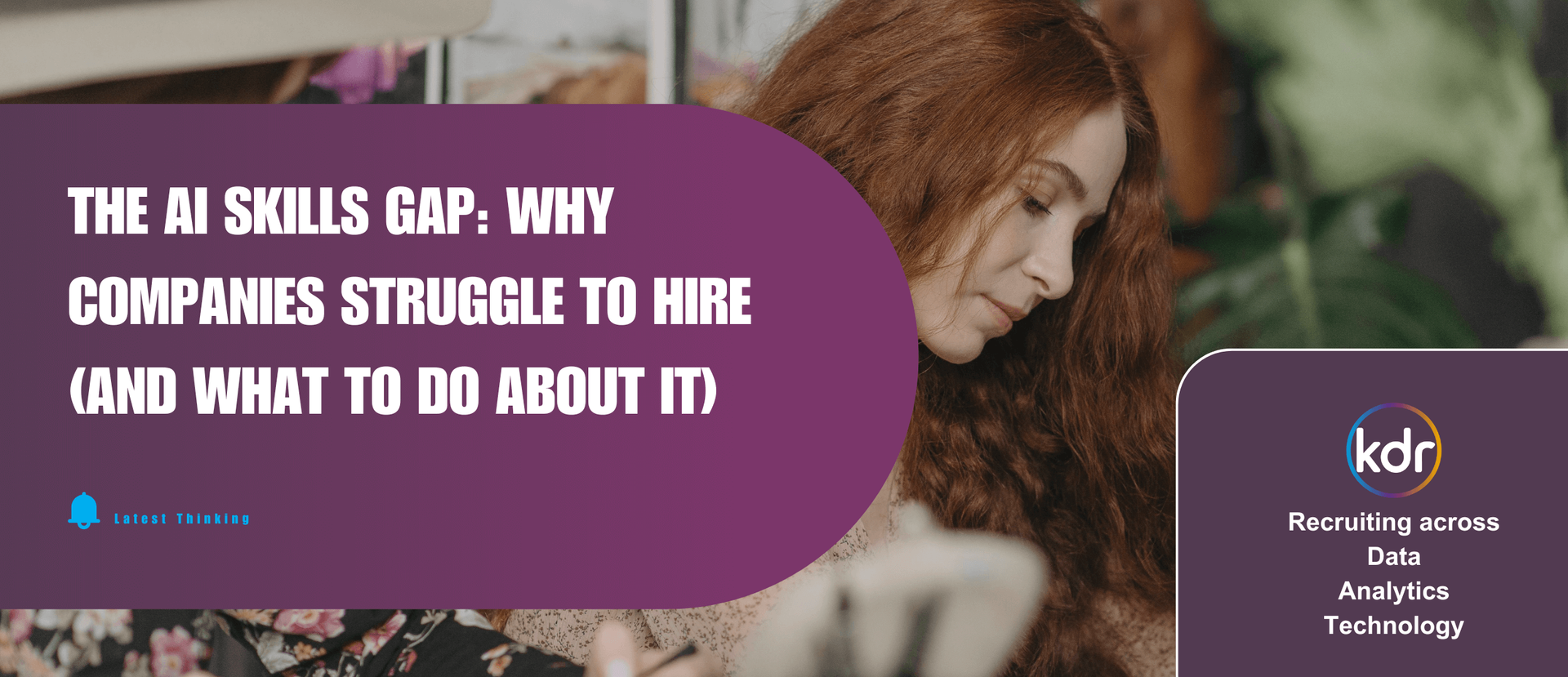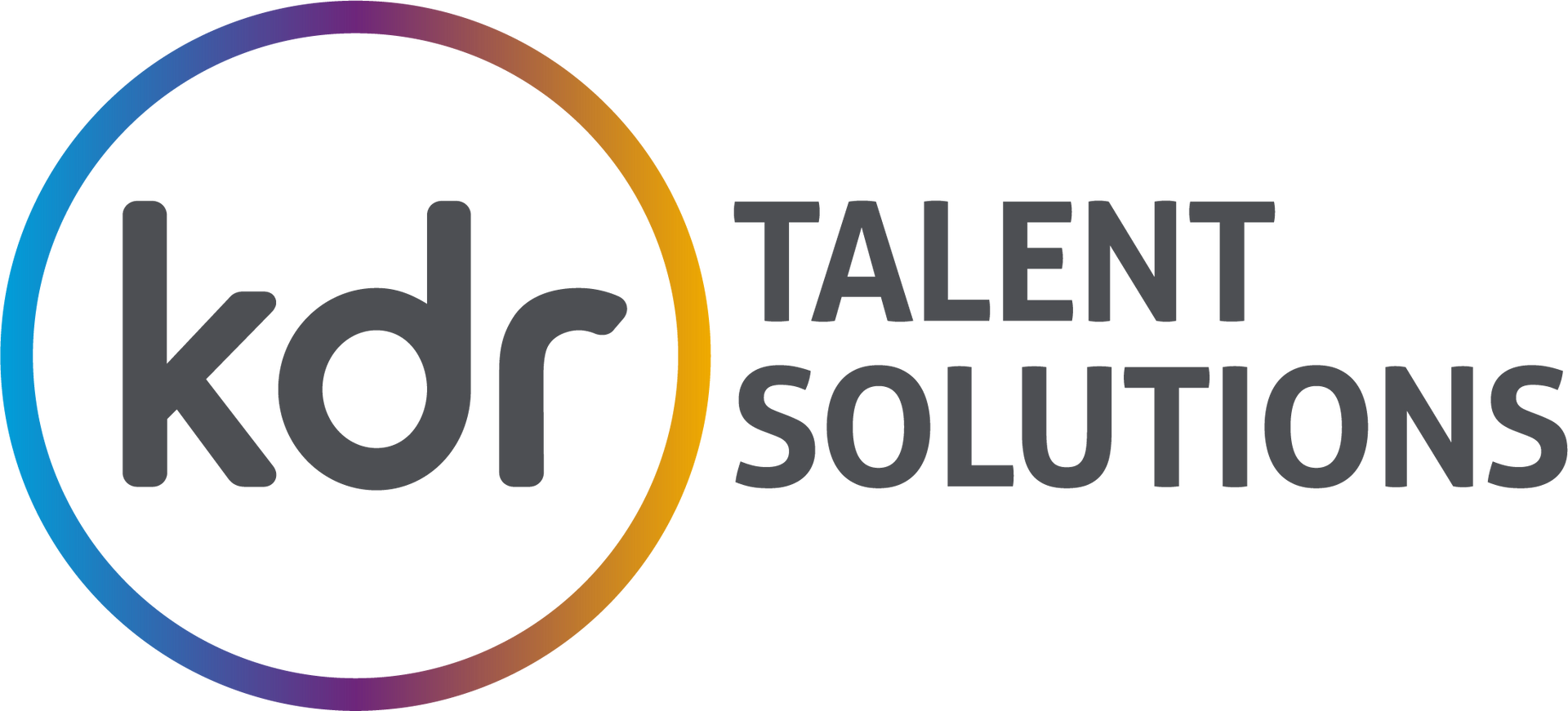Mastering Talent Mapping in HR
Understanding Talent Mapping

HR professionals are increasingly turning to talent mapping as a strategic tool to identify, nurture and retain top talent. In this comprehensive guide, we'll delve into the world of talent mapping in HR, exploring its benefits and how it can give your organisation a significant edge in talent acquisition.
Understanding Talent Mapping
What is Talent Mapping?
Talent mapping is a strategy that HR professionals use to help a business align their people needs to a business’s long-term goals. It involves identifying potential candidates, both internal and external, to meet the organisation's current and future talent needs. It's a proactive approach that fits within the workforce planning model and goes beyond traditional recruitment, focusing on building a talent pipeline for critical positions.
The Process of Talent Mapping
Much like the approach to workforce planning, the first step in talent mapping is to understand the organisation's strategic goals and identify the skills and competencies required to achieve them. You need to know whether these skills exist already, whether they can be internally acquired (through promotion, departmental job mobility, merging of roles or job shares for example). If you need to outsource talent then HR professionals can use various sources to identify potential candidates, including proprietary databases, social networks and industry research. Partnerships with knowledgeable recruitment agencies will quickly help you to identify potential candidates who possess the desired skills.
Candidates are then rigorously assessed through interviews, tests (if necessary to the role) and reference checks to ensure they are a good fit for the organisation. This is where your partnership with recruitment agencies starts paying dividends: their knowledge, network and skills will save you and your hiring managers time and money.
If you are looking internally (and any robust talent mapping process should include internal talent) any individuals identified as potential candidates should be provided with opportunities for skill development and career advancement within the organisation.
The Benefits of Talent Mapping
Talent mapping offers numerous advantages for organisations looking to enhance their HR strategies:
1. Proactive Talent Acquisition
By continuously identifying and nurturing potential candidates, organisations have an active pipeline of qualified candidates more readily available to critical roles. This in turn can reduce time to fill rates.
2. Reduced Recruitment Costs
Talent mapping helps teams to understand where the talent sits. Because you will be identifying internal candidates and building up pipelines you are able to reduce the associated costs of recruitment: time to hire, cost per hire, recruitment fees.
3. Improved Succession Planning
Succession planning becomes more effective because the talent mapping process identifies and develops potential leaders within the organisation. This ensures a smooth transition when key employees retire or leave their roles.
4. Enhanced Employee Engagement
Employees are more likely to stay engaged when they see opportunities for growth and advancement within the organisation. Talent mapping fosters a culture of development and progress, so make sure your talent mapping processes are well communicated.
5. Competitive Advantage
Many organisations don’t practice talent mapping, therefore those that do work with a robust talent mapping strategy gain a competitive edge by having a pipeline of skilled and capable individuals ready to take on challenges and drive innovation.
Challenges in Talent Mapping
While talent mapping offers significant benefits, it's not without its challenges, here are a few pitfalls to be aware of:
1. Data Accuracy
Databases are notorious for not being accurate (depending on data policies and how the data is inputted). It's essential to have robust policies in place so that everyone understands why it is so important to record the information accurately and consistently. This helps you to be super targeted when trying to fill a role with an existing candidate pool.
2. Talent Retention
Identifying top talent is one thing; retaining them is another challenge. Organisations must provide opportunities and incentives to keep these individuals engaged and committed.
3. Changing Business Landscape
The business environment is continually evolving and HR strategies must adapt. Staying up to date with industry trends and circling back to ongoing skill requirements (matched to business goals) is critical for effective talent mapping.
4. Privacy and Compliance
Talent mapping involves collecting and storing sensitive candidate data. HR departments must ensure they comply with data protection regulations to avoid legal issues.
5. Continuation
Ensuring the flow of information from leadership through to business function remains a constant. As business needs change, your talent map will also need to keep pace. Ensuring team skill sets, leavers information, new hires information and future business needs or projects are kept up to date is a huge task, but essential for this to work consistently.
Implementing Talent Mapping in Your Organisation
Top 4 tips to help you get started with talent mapping in HR:
1. Align with Business Goals
Understand your organisation's strategic objectives and tailor your talent mapping efforts to support these goals (skills needed, team gaps, growth areas, locations etc). Communicate regularly with teams and hiring managers to ensure their needs are being met/expectations managed. Sometimes plans are made at the beginning of the year but then reality if project delivery kicks in throughout the year and there needs to be some flex in the plans.
2. Invest in Technology
Leverage HR software and tools to streamline data collection and analysis, making your talent mapping efforts more efficient.
3. Build a Strong Team
Having skilled HR professionals who excel in talent mapping is crucial. Invest in training and development for your HR team.
4. Continuous Improvement
Regularly review and refine your talent mapping processes to stay agile and responsive to changing talent needs.
Talent mapping empowers organisations to stay ahead of the competition by identifying and nurturing the best talent. By implementing a strategic talent mapping approach, your organisation can achieve its goals more efficiently and effectively, securing a bright future. To help you get started KDR Talent Solutions developed a free talent strategy assessment with actionable outcomes. Contact haroon.choudry@kdrtalentsolutions.com to get going.






